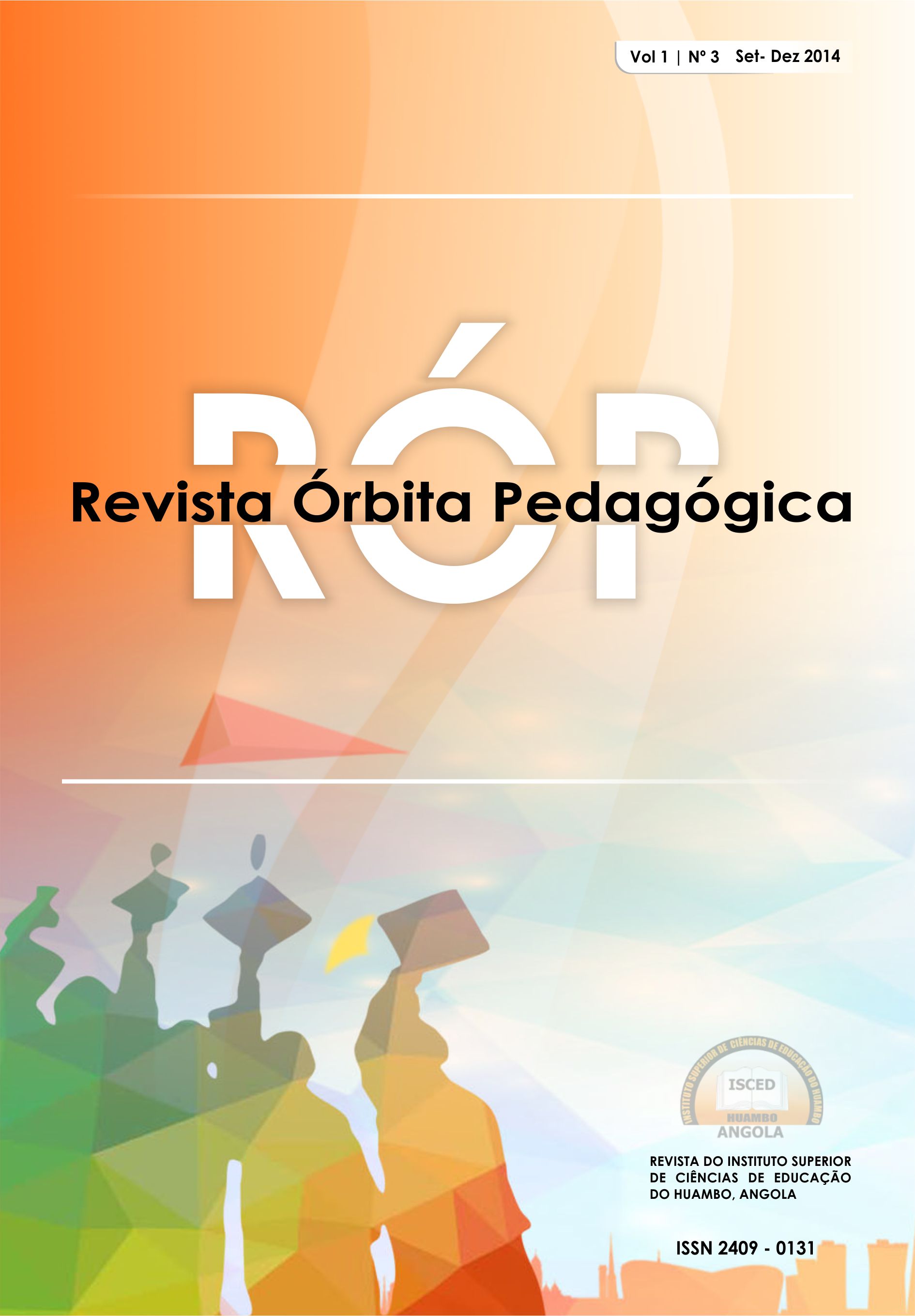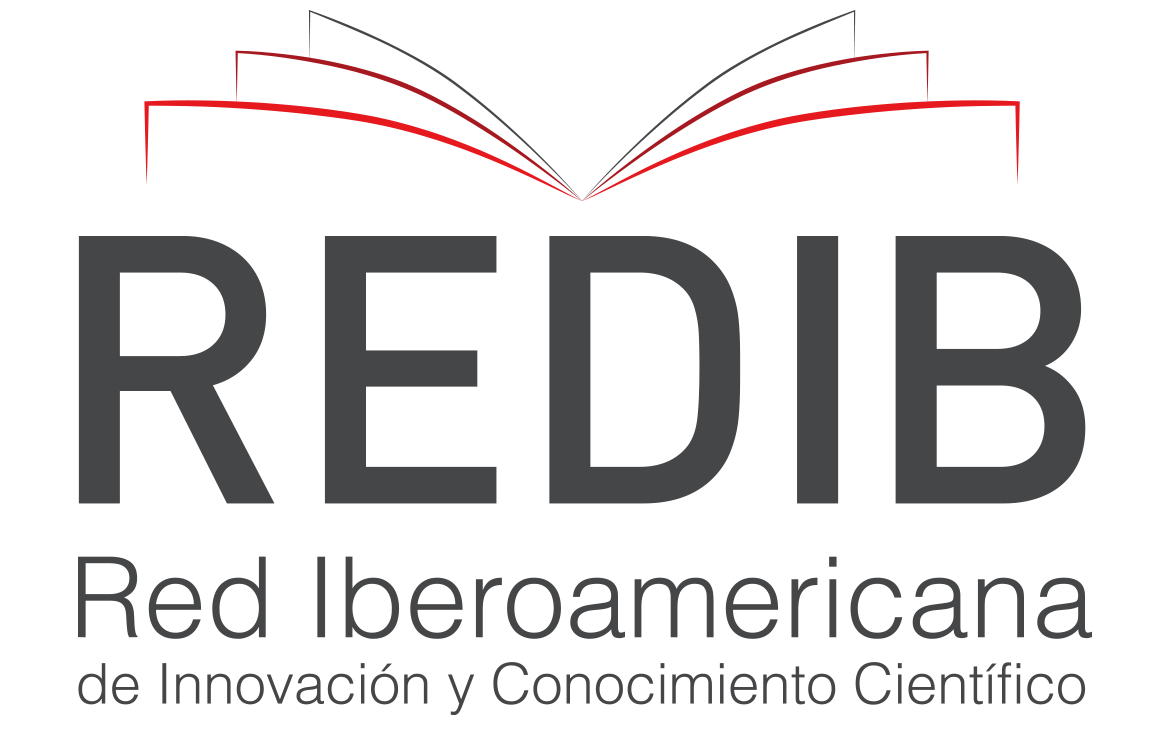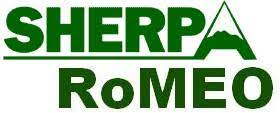A DIDACTIC PROCEDURES SYSTEM TO ENHANCE THE TRAINING OF STATISTICAL THINKING AT THE UNIVERSITY LEVEL
Keywords:
training, statistical thinking, didactic proceduresAbstract
Was analyzed the theoretical and methodological foundations of the teaching and learning of statistics, being able to specify the principal insufficiencies and goals of this process at the university level. Using the systemic-structural-functional method and key outcomes of the Teaching of Statistics, was developed a didactic procedures system to enhance the training of statistical thinking at the university level, as type of thinking necessary to solve a wide range of professional issues characteristic of the current informational society. It was confirmed the feasibility and relevance of didactic procedures system from an expert consultation on the issue and by partial application to a group of students during the academic years 2011-2012 and 2012-2013. It was concluded that this system has praxeological and epistemic value and therefore is able to be used in various university contexts.
References
Batanero, C. (2002). Los retos de la cultura estadística. Jornadas Interamericanas de Enseñanza de la Estadística. Conferencia inaugural.
Buenos Aires, 2002. Batanero, C. (2013). Sentido estadístico: Componentes y desarrollo.
En J. M. Contreras, G. R. Cañadas, M. M. Gea y P. Arteaga (Eds.), Actas de las Jornadas Virtuales en Didáctica de la Estadística, Probabilidad y Combinatoria, pp. 149-156.
Behar, R. y Grima, P. (2004). La Estadística en la Educación Superior ¿Formamos Pensamiento Estadístico? Ingeniería y Competitividad. Vol. 5 - No. 2, Mayo.
Behar, R., y Grima, P. (2001). Mil y una dimensiones del aprendizaje de la estadística. Estadística Española, 43(148), 189-207. Cruz, M. (2007). El Método Delphi en las Investigaciones Educacionales. Memorias del Congreso Pedagogía’ 2007. La Habana: Educación Cubana. del Mas (2002). Statistical Literacy, Reasoning, and Learning: A Commentary. Journal of Statistics Education. Vol. 10, No. 3. Gal, I. (2002). Adults' statistical literacy: Meanings, components, responsibilities. International Statistical Review, 70(1), 1-25.
García, B. y Márquez L. (2006). ESACS: Un programa multimedia para la Enseñanza de la Estadística y la Metodología. Virtual Educa 2006, Palacio Euskalduna, Bilbao 20-23 de junio, 2006 [en línea] Disponible en http://www.virtualeduca.org.
Garfield, J. (2002). The challenge of developing statistical reasoning. Journal of Statistics Education, 10(3). Gorina, A. (2010). Dinámica del procesamiento de la información en las investigaciones sociales. Tesis Doctoral, Universidad de Oriente, Cuba: CeeS “Manuel F. Gran”. Gorina.
A. y Alonso, I. (2013). Concepción de una competencia estadística para el estudiante de doctorado en Ciencias Pedagógicas. Probabilidad Condicionada: Revista de didáctica de la Estadística, (2), 149-156.
Gorina, A., Alonso, B., Salgado, A. y Álvarez, J. A. (2014). La gestión de la información científica proporcionada por el criterio de expertos. Revista Ciencias de la Información, Cuba, Vol. 45 Nº 2, mayo-agosto, pp. 39-45.
Gorina, A., Alonso, I. y Zamora, L (2007). La formación integral de los doctores en Ciencias Pedagógicas. Una mirada desde la educación estadística. En Actas del V Taller Internacional “Innovación Educativa - Siglo XXI” y Primer Simposio de la red de investigación en Ciencias de la Educación para Iberoamérica. Las Tunas.
Cuba. Holmes, P. (1980). Teaching Statistics 11-16.Sloug: Foulsham Educational.
López, L. (2004). Pensamiento estadístico: directivos con nuevas tecnologías de información y comunicación. Revista Espacios, 25 (3). Pfannkuch.
M. y Wild, C. (2002). Statistical Thinking Models.ICOTS6. University of Auckland, New Zealand.
Sanabria, E. (2007). Una estrategia para la enseñanza de la Estadística en las Sedes Universitarias utilizando las TIC. Tesis en opción al grado de Máster en Nuevas Tecnologías para la Educación. Universidad Central “Marta Abreu”, las Villas, Cuba. Vallecillos.
A. y Batanero, C. (1994). La Inferencia Estadística en la Investigación Experimental en el Campo Educativo.Rev. Educ. Univ. Gr., Vol.8, pp.5-16. Vera, O. y Díaz, C. (2013). Dificultades de los estudiantes de psicología en relación al contraste de hipótesis.
En J. M. Contreras, G. R. Cañadas, M. M. Gea y P. Arteaga (Eds.), Actas de las Jornadas Virtuales en Didáctica de la Estadística, Probabilidad y Combinatoria, pp. 149-156. Wild.
C. J., y Pfannkuch, M. (1999). Statistical thinking in empirical enquiry. International Statistical Review, 67(3), 223-248.
Downloads
Published
How to Cite
Issue
Section
License
Copyright (c) 2022 Alexander Gorina Sánchez, Isabel Alonso Berenguer

This work is licensed under a Creative Commons Attribution-NonCommercial-ShareAlike 4.0 International License.

















